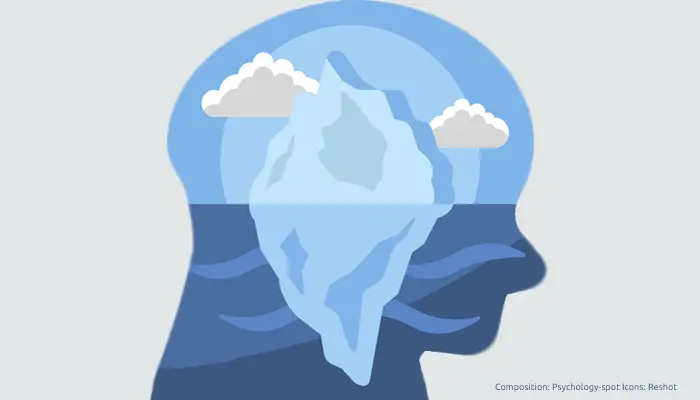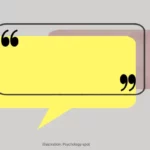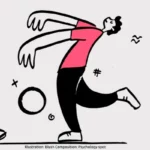
The impression that we are capable of choosing freely between different options is one of the strongest certainties we have. However, more and more experiments show us that this feeling of freedom is really nothing more than an illusion since many of our decisions are determined by the stimuli that constantly reach us from the environment and, above all, by unconscious processing.
Now John-Dylan Haynes, a researcher at the University of Leipzig, claims that our decisions are encoded by the unconscious long before we realize our intention. In other words, our unconscious already knows what decision we will make even if we ourselves do not know it consciously.
To reach these conclusions, in an experiment Haynes recorded the electrical activity of the brain while subjecting people to a very simple test: they simply had to press one of two buttons. When given the command to act, people had to freely choose whether they wanted to press the right or left button.
The curious thing is that the conscious decision to press the button was preceded (by a few hundred milliseconds) by a negative potential in the brain called “readiness potential”, which originates from the complementary motor area (a region of the brain involved in the preparation of the motor act).
In other words, our brain was preparing for action long before the person consciously made the decision, which has led Haynes to hypothesize that our unconscious makes some decisions for us, perhaps many more than we would be willing to accept.
Obviously, this experiment has raised many questions. That is why researchers have continued to develop other studies that aim to shed new light on this phenomenon.
Predicting decisions is no longer an unattainable dream
Haynes performed another experiment whose objective was to determine which regions of the brain are involved in conscious decisions and at what specific moment the motor response is triggered.
Subjects were asked to relax while fixating on a screen on which a series of letters were projected. At any time, just when they wanted, they could press one of the two buttons (the decision of which button to press was completely free). At the same time, people had to remember the letter that was on the screen when they had made the decision about which button they were going to press. Obviously, the subjects were then asked to indicate which letter was and then the exercise was repeated once more, leaving the corresponding time between one test and the other. The curious thing was that almost 90% of conscious decisions were reported just 1 millisecond before the button was pressed. That is, people decided and only needed 1 millisecond to act accordingly.
However, researchers detected another reality. In practice, they found two brain areas that could “tell” them with great precision whether people would press the button on their right or left, even before the person themselves announced that they had made their decision. The first region was the frontopolar cortex, which warned up to 10 seconds in advance, long before the person made their conscious decision. The second region is located in the parietal cortex and is like a strip that extends from the precuneus to the posterior cingulate cortex. Furthermore, these areas were activated long before the complementary motor area.
But… what does all this mean?
These results indicate that behind conscious decisions, there is brain processing that we could call “unconscious” and that anticipates the response up to 10 seconds before we ourselves know it. Furthermore, researchers are sure that this brain activation does not correspond to a period of preparation for the activity or response but rather is a true decision-making process (or at least a kind of encoding of the decision already made).
In short, perhaps our decisions are not so conscious and we will probably have to reevaluate Freud’s legacy.
Reference:
Haynes, J.D. et. Al. (2008) Unconscious determinants of free decisions in the human brain. Natura Neuroscience 11(5): 543-545.




Leave a Reply